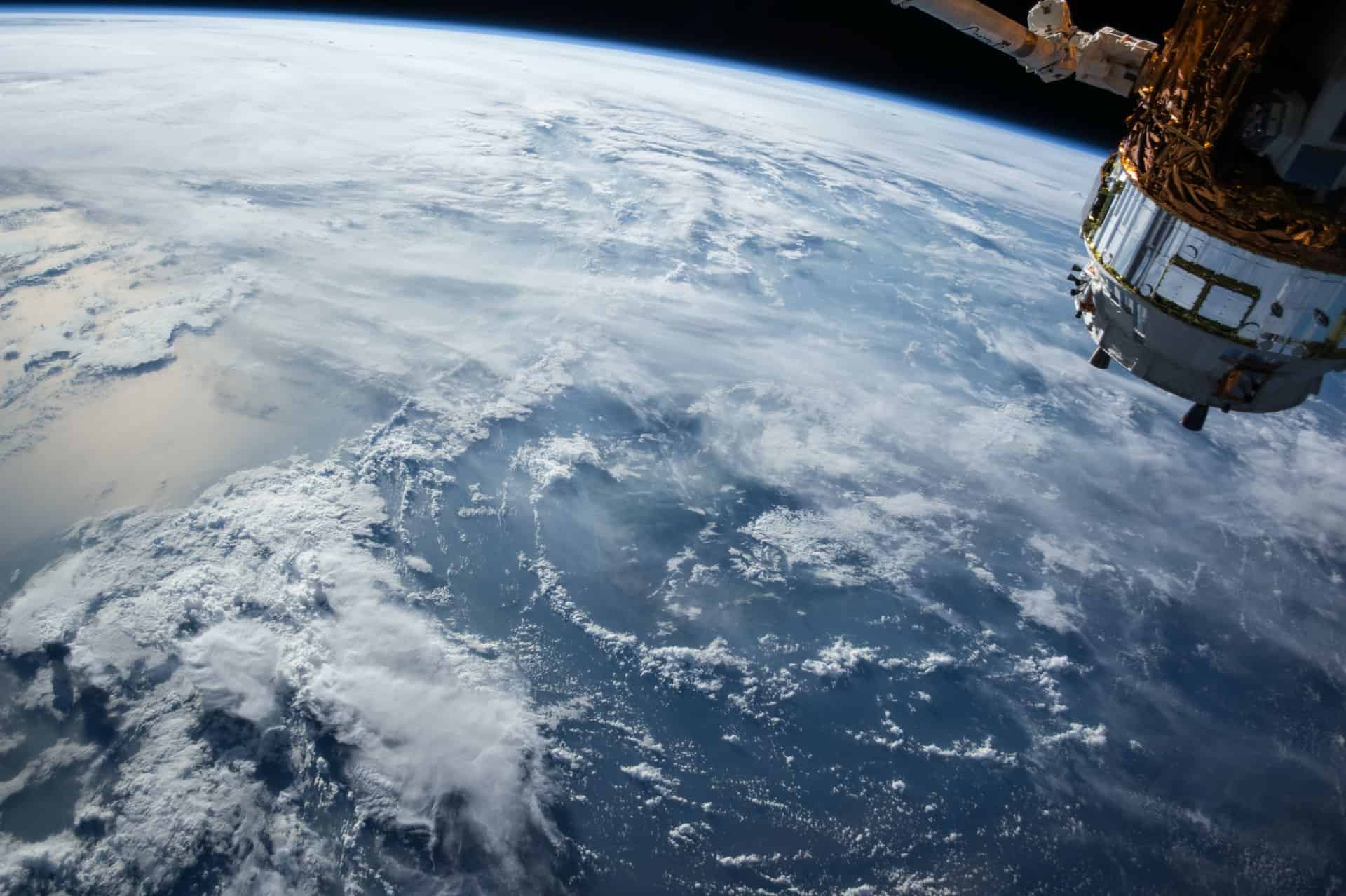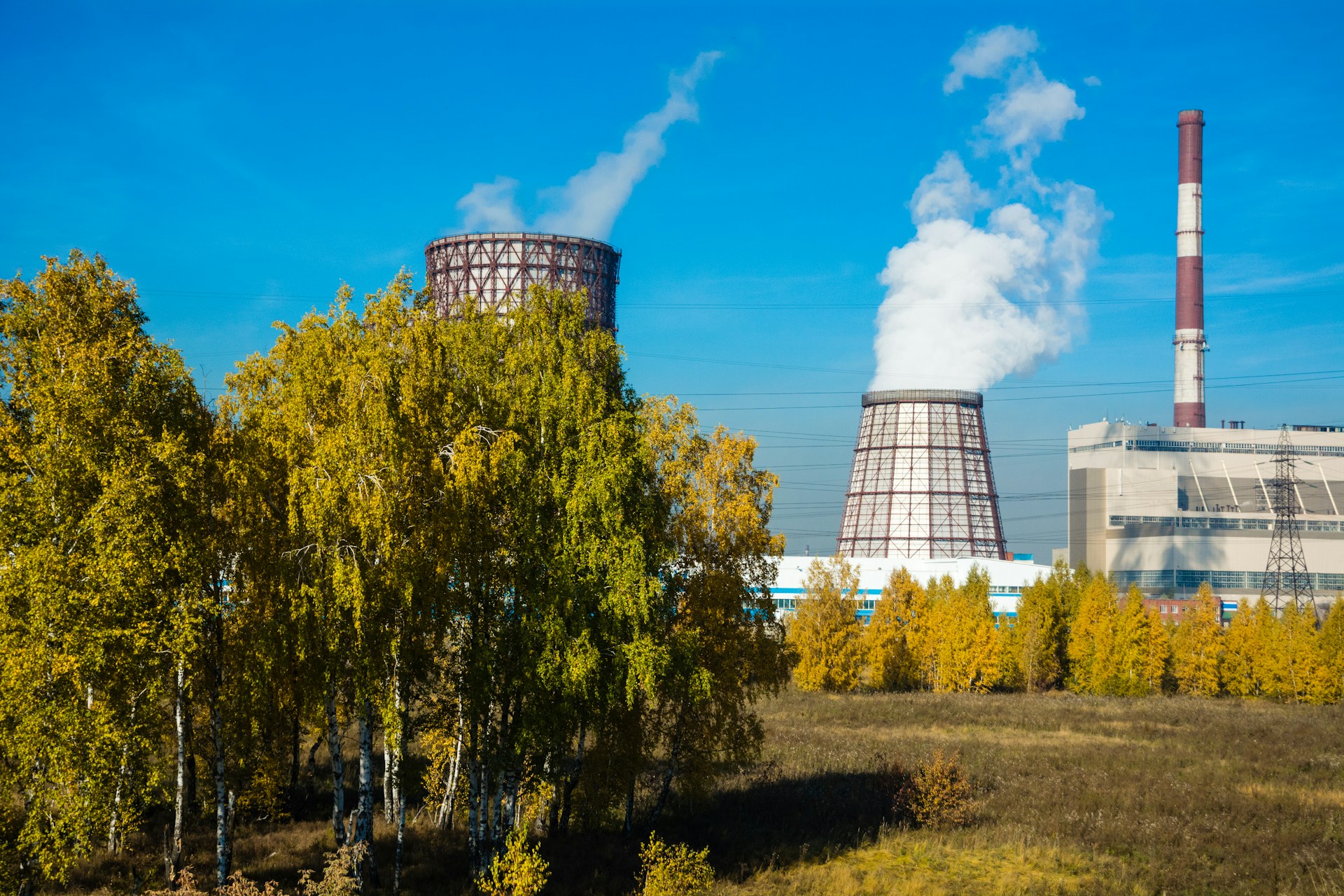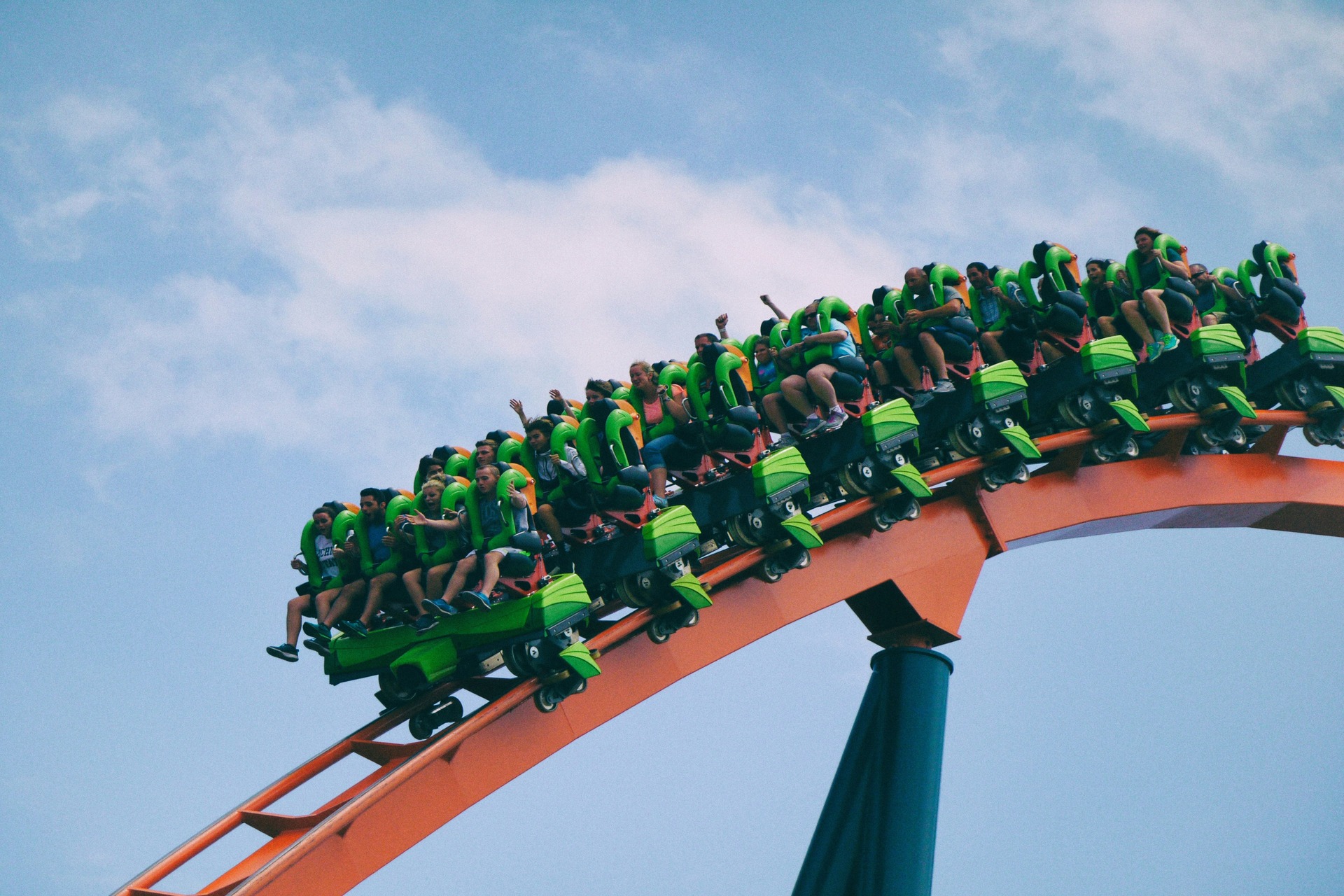
Rocket Planes: The Future of Spaceflight?
November 22, 2021 - Emily Newton
Revolutionized is reader-supported. When you buy through links on our site, we may earn an affiliate commission. Learn more here.
Our understanding of flight and aerodynamics has evolved dramatically since the Wright Brothers first flight in Kitty Hawk, North Carolina. Technological advances aside, the shape of the plane hasn’t changed dramatically, even as we start making forays into outer space. The aerospace community often considers rocket planes an evolutionary dead-end. Nevertheless, that hasn’t stopped engineers from looking back in their attempts to move forward. Let’s take a peek at the history of rocket planes and where they might go from here.
A History of Power
Fuel efficiency isn’t a word that you’ll hear associated with rocket planes. These planes date back to 1928. The first rocket plane, a German aircraft called the Lippisch Ente, was previously used as a glider. Early rocket planes in their simplest form worked by strapping a couple of rockets onto an aircraft. The rocket could give a massive burst of speed which would usually only last for a few seconds.
11 years later, a liquid-fueled rocket aircraft known as the Heinkel He 176 made a powered flight. During World War II, Germany made several attempts to create rocket planes, though they only mass-produced the Messerschmitt Me 163. During the same period, Japan built more than 850 Yokosuka MXY7 Ohka rocket planes. However, these were primarily used in kamikaze runs.
Other models emerged throughout the Cold War era and beyond. After the cold war, new technologies made traditional flight faster and more efficient, leaving the rocket plane by the wayside.
The Push Toward Reusable Spacecraft
We’ve been traveling into orbit for decades, since the advent of the Mercury and Gemini programs in the 1960s. It has also been one of the most wasteful programs with booster rockets and some crew capsules sinking to the bottom of the ocean after a single use. It wasn’t until 1981, with the first flight of the Space Shuttle program, when NASA started to reuse technology. The Space Shuttles needed a massive fuel tank and two enormous boosters to leave the atmosphere. Boosters were either discarded in the Atlantic Ocean or burned up on reentry. After falling back to Earth, some components, like the Shuttle’s rocket boosters, were able to float on ocean currents until scientists could retrieve them. However, almost anything else that hit the ocean stayed there.
As we’ve shifted our focus toward making space travel and exploration more sustainable and eco-friendly, we’ve shifted to reusable spacecraft. SpaceX started with their reusable Falcon 9 boosters. As of Sept 14, 2021, one of the Block 5 Falcon 9 boosters was launched and recovered a record 10 times. These rockets have launched satellites and carried both supplies and astronauts to the International Space Station.
From Rocket Planes to Space Planes
Rocket planes might not be the best way to get airborne in 2021. However, it could be the solution that makes suborbital flights — like Virgin Galactic is offering for a large price tag — more accessible to the masses. The global space market is expected to be worth upwards of $1 trillion by 2040. Rockets with Synergetic Air Breathing Rocket Engines (SABRE) might be the next step that helps to take humanity to the stars — or at least to a low orbit.
Right now, conventional rockets use combustion to fuel their launches. If you remember your elementary school science lessons, you’ll know that combustion requires oxygen. Oxygen isn’t readily availble once spacecraft leave the atmospher. That means that traditional rocket engines need to carry their own supply of oxygen. Typically, they carry it in the form of superchilled liquid O2. SABRE engines function in a similar manner. However, instead of utilizing liquid O2 for the entire launch, it uses atmospheric oxygen during their ascent. They, the engine switches to onboard O2 sources once it leaves the atmosphere.
In addition to reducing the cost of each launch and the weight of the spacecraft, those equipped with SABRE engines will be able to take off and land like aircraft. This reduces the need for dedicated launch platforms. Now it’s possible that the rocket plane may be the next step in the evolution of human space flight — though it looks a bit different than it used to.
Moving Toward Space Tourism
It may seem like a waste of time and money, but space tourism is has been a thing since NASA first allowed tourists to pay millions for a trip to the International Space Station back in 2000. Today, Virgin Galactic is selling tickets for $450,000 a seat for one of their rocket plane suborbital flights. Blue Origin hasn’t started selling tickets yet, though one anonymous bidder did pay $28 million for the right to fly on the first New Shephard flight. Right now, space tourism is limited to people with deep pockets. However, it will continue to grow in the future. Eventually, you could grab a seat on one of SpaceX’s Starship rockets and hop from one side of the world to the other in minutes, for the cost of an airline ticket in 2021.
This push toward Space Tourism isn’t a bad thing, at least from an economic standpoint. Government-funded space programs like NASA aren’t the ones offering these orbital joyrides. Private companies are currently pushing toward space tourism and those companies need funding. It sounds like a bit of a capitalist nightmare, but there are quite a few people both in the United States and around the globe that have money to burn and are willing to pay a premium for the right to say that they were one of the first people on a space tourism flight.
Predicting the Future of Space Flight
We’ve come a long way since the Apollo missions first put a man on the moon. It’s difficult to predict the future of space flight, but with companies like Virgin Galactic marketing their rocket plane as a way to bring people suborbital experiences, it’s safe to bet that these once-maligned examples of aerospace technology will have an important role to play as we navigate this new space race.
Revolutionized is reader-supported. When you buy through links on our site, we may earn an affiliate commission. Learn more here.
Author
Emily Newton
Emily Newton is a technology and industrial journalist and the Editor in Chief of Revolutionized. She manages the sites publishing schedule, SEO optimization and content strategy. Emily enjoys writing and researching articles about how technology is changing every industry. When she isn't working, Emily enjoys playing video games or curling up with a good book.







